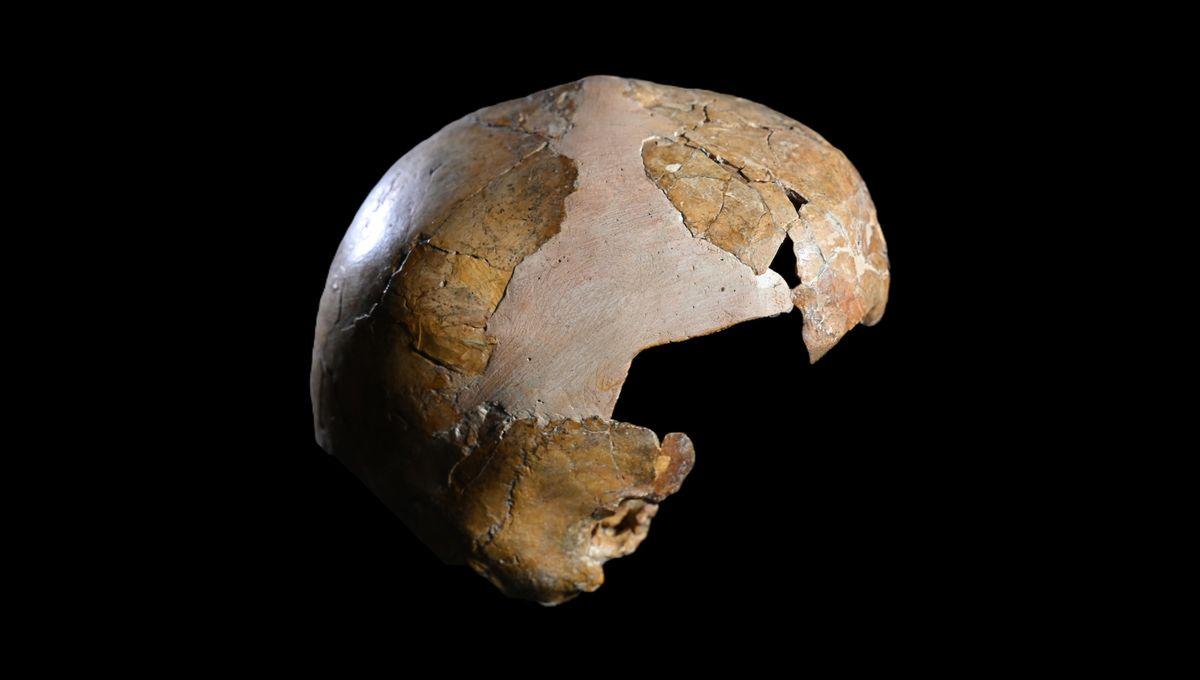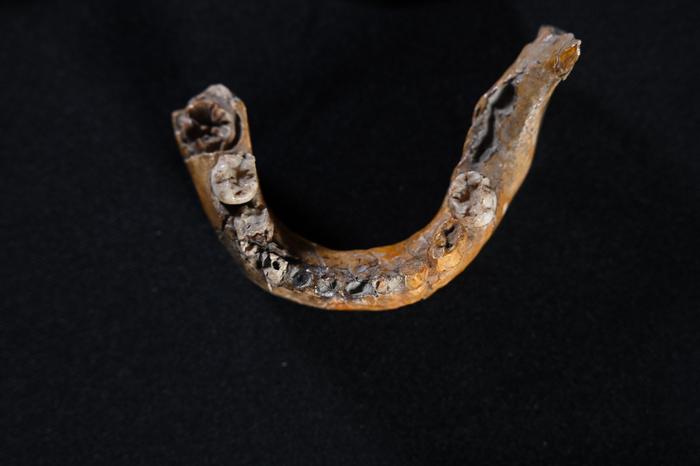-
أخر الأخبار
- استكشف
-
الصفحات
-
المدونات
-
المنتديات
Neanderthals And Homo Sapiens Got It On 100,000 Years Earlier Than We Thought

Neanderthals And Homo Sapiens Got It On 100,000 Years Earlier Than We Thought
Around 140,000 years ago, a Neanderthal and a modern human got it on. We know nothing about the situation that led to this interaction. We don’t know which parent came from which species, but we do know that they had a child who died around the age of five. A team of researchers from Tel Aviv University and the French National Centre for Scientific Research discovered the child’s skeleton in what is being hailed as a “global breakthrough”. Why is it so significant? This is the earliest evidence we have of these two distinct human groups interbreeding.
The rest of this article is behind a paywall. Please sign in or subscribe to access the full content. The skeleton was discovered around 90 years ago in the Skhul Cave on Mount Carmel, in Israel. It is the earliest known human fossil to exhibit traits of both Neanderthal and Homo sapiens, which, until relatively recently, were considered to be two completely separate species. Over the last few years, there have been multiple studies that have shown that humans bred with Neanderthals in the distant past. The implications of this initial research were important. It meant that our ancestors migrated out of Africa later than we thought, and it also suggested that, rather than one great dispersal event, humans probably left the continent in multiple waves across the centuries, where they interacted with other archaic humans. In contrast to the curvature of the child's skull, its jaw exhibits characteristics of Neanderthals. Image credit: Tel Aviv University. A study published in 2024 revealed that the latter’s genes became part of our own DNA within the last 50,000 years. This essentially rewrote what we understood about the history of our descendants and their spread across the world. Through their genetic analysis, they concluded that it was only this time period of interaction from which we descended. Any earlier interbreeding between Neanderthals and humans could not have been part of the common non-African population that we are descended from now. This means the skeleton of the child – assumed to be female – found in Israel may have been part of an interacting group that did not go on to contribute to any contemporary populations. “Genetic studies over the past decade have shown that these two groups exchanged genes,” Professor Israel Hershkovitz of the Gray Faculty of Medical and Health Sciences at Tel Aviv University explained in a statement. “Even today, 40,000 years after the last Neanderthals disappeared, part of our genome – 2 to 6 percent – is of Neanderthal origin. But these gene exchanges took place much later, between 60,000 to 40,000 years ago. Here, we are dealing with a human fossil that is 140,000 years old. In our study, we show that the child’s skull, which in its overall shape resembles that of Homo sapiens – especially in the curvature of the skull vault – has an intracranial blood supply system, a lower jaw, and an inner ear structure typical of Neanderthals.” For a long time, Neanderthals were thought to be a group of ancient humans that evolved in Europe and then migrated to Israel around 70,000 years ago. This would have followed the advance of European glaciers. However, in 2021, Hershkovitz and colleagues showed that Neanderthals lived in the area much earlier than previously thought – they had been living here since around 400,000 years ago. At a site now known as the Nesher Ramla factory, an archaeological site in Israel, these Neanderthals met Homo sapiens groups that were leaving Africa around 200,000 years ago. At this point, the new research suggests, some of these groups interbred. It seems the Neanderthals in Israel eventually disappeared once they were absorbed into the Homo sapiens population. To reach these conclusions, the team conducted tests on the child’s fossil. First, they scanned the skull and jaw using micro-CT technology at the Shmunis Family Anthropology Institute at Tel Aviv University. This created an accurate three-dimensional model that allowed them to carry out a complex morphological analysis of the skull’s anatomical structure (such as its inner ear) and to compare it to other hominid populations. They also created an accurate three-dimensional reconstruction of the inside of the skull so that they could examine the structure of blood vessels that surrounded the brain. “The fossil we studied is the earliest known physical evidence of mating between Neanderthals and Homo sapiens,” Hershkovitz said. “In 1998, a skeleton of a child was discovered in Portugal that showed traits of both of these human groups. But that skeleton, nicknamed the ‘Lapedo Valley Child,’ dates back to 28,000 years ago – more than 100,000 years after the Skhul child. Traditionally, anthropologists have attributed the fossils discovered in the Skhul Cave, along with fossils from the Qafzeh Cave near Nazareth, to an early group of Homo sapiens. The current study reveals that at least some of the fossils from the Skhul Cave are the result of continuous genetic infiltration from the local – and older – Neanderthal population into the Homo sapiens population.” The paper is published in L’Anthropologie.


